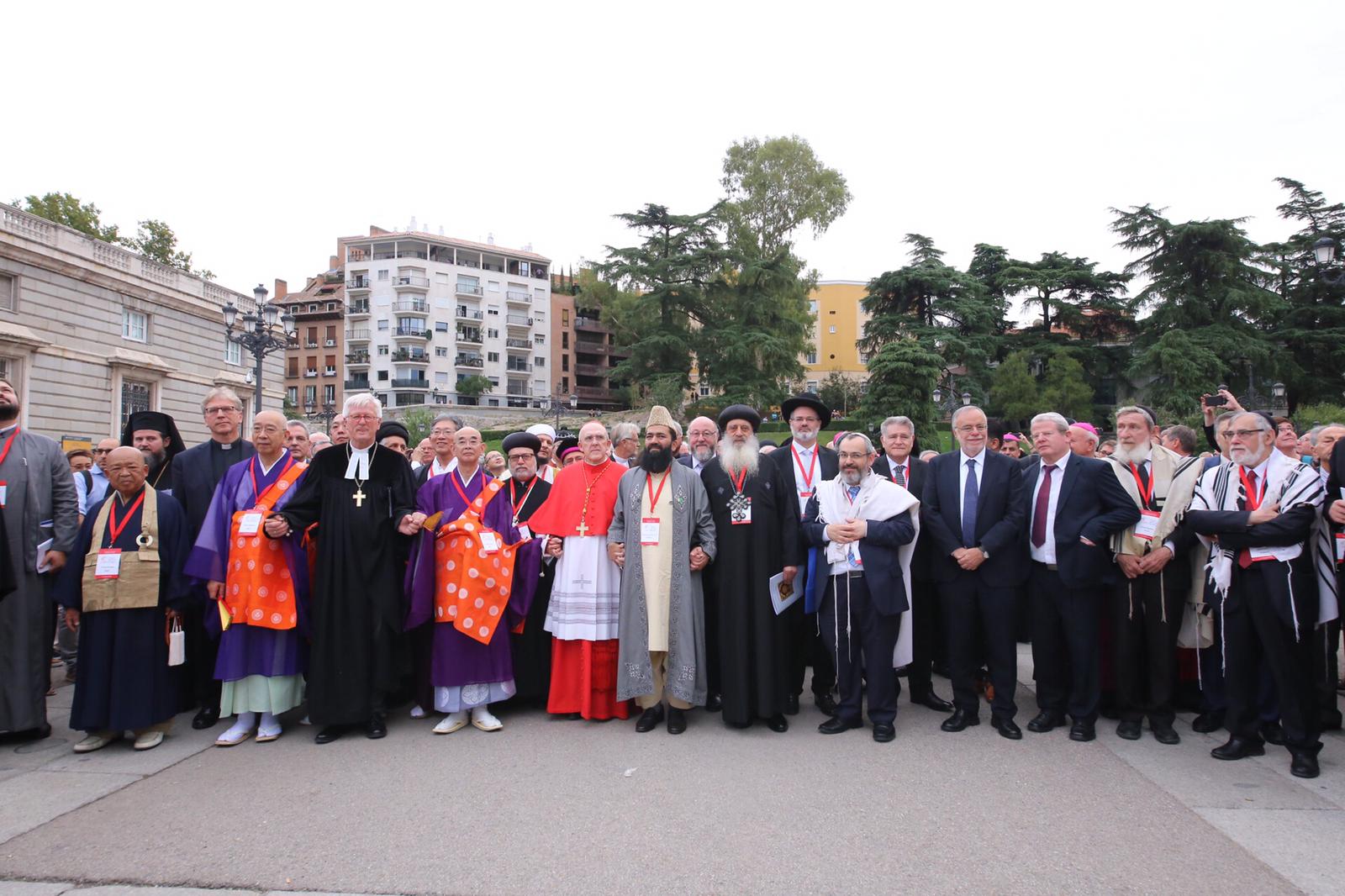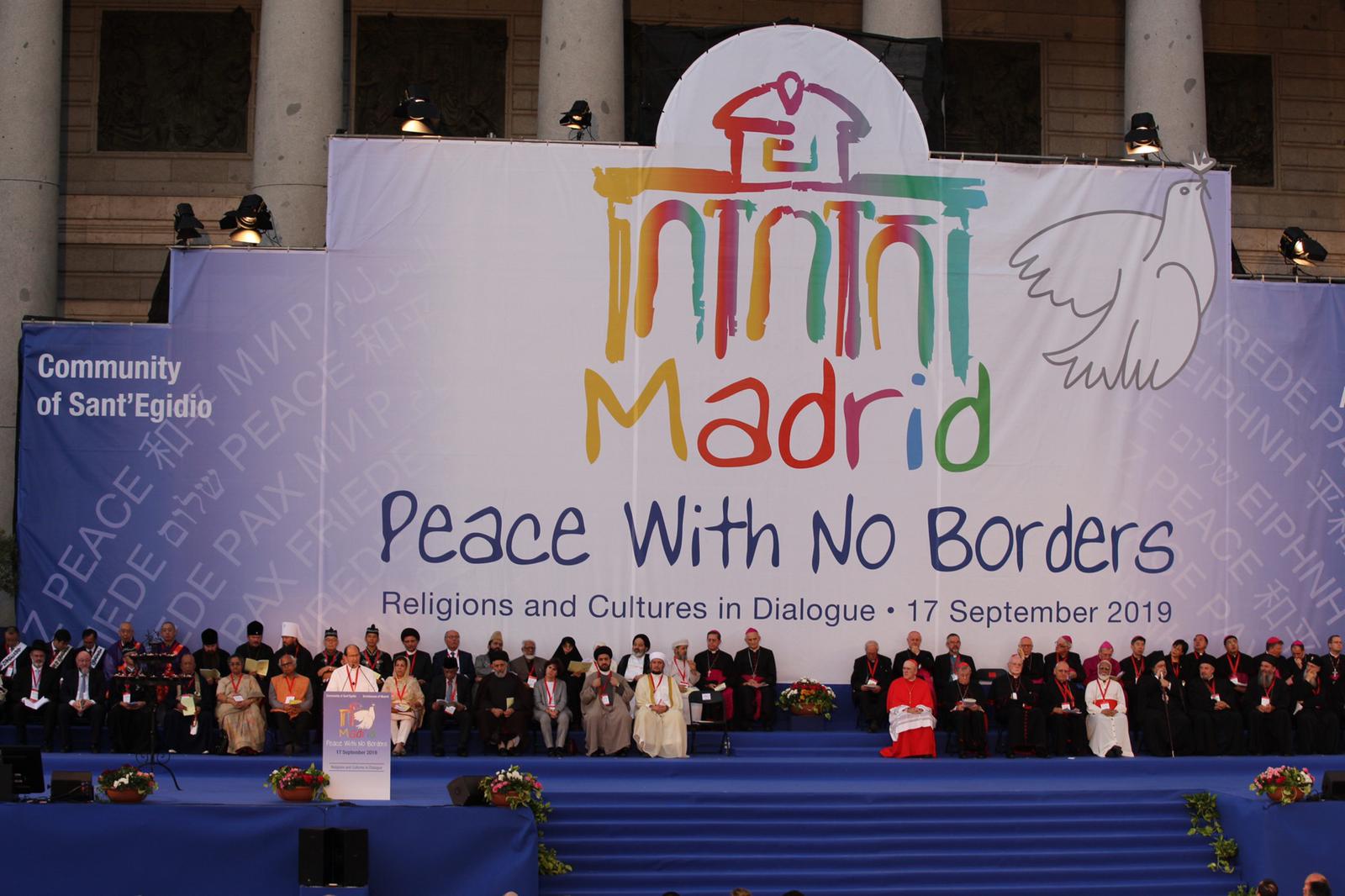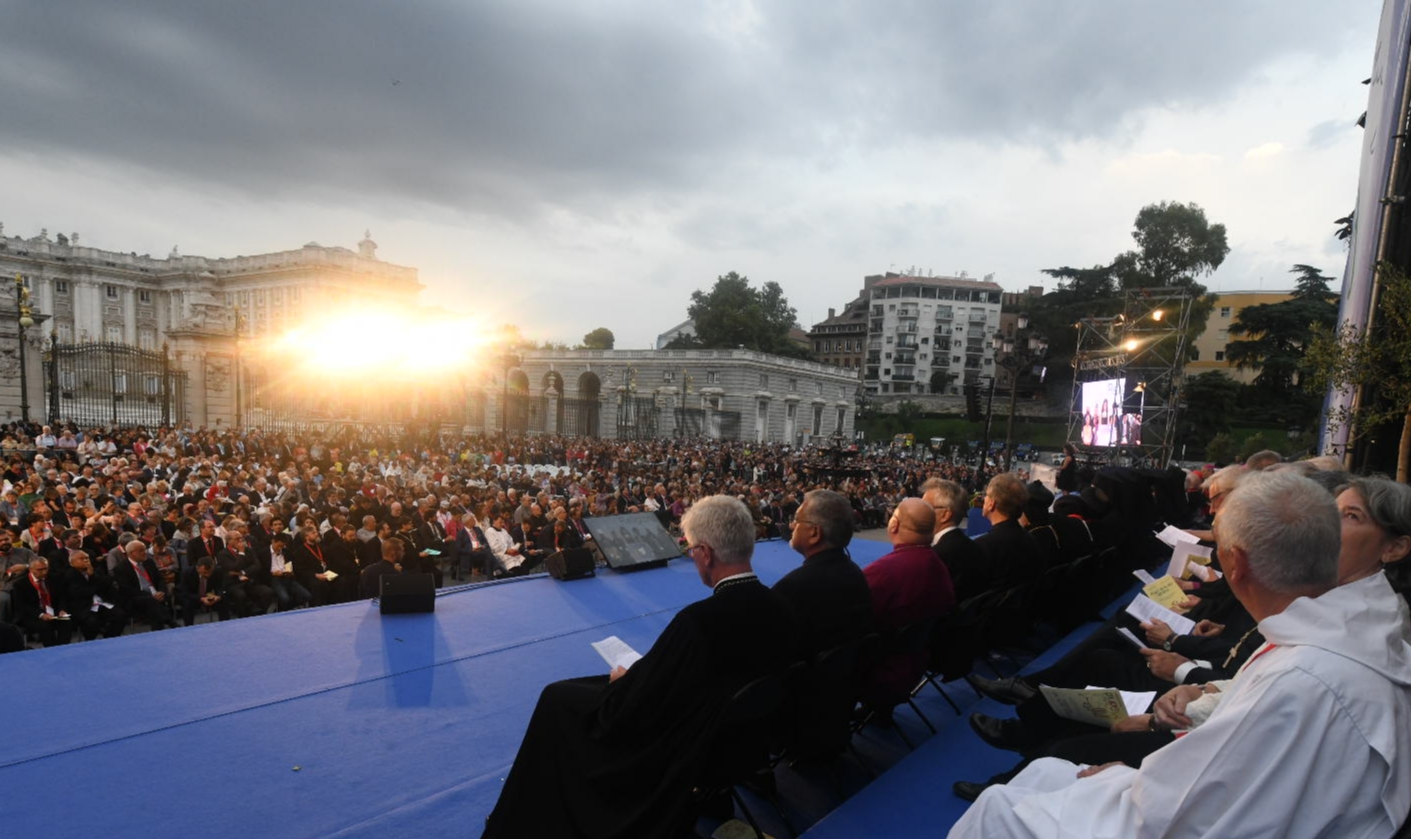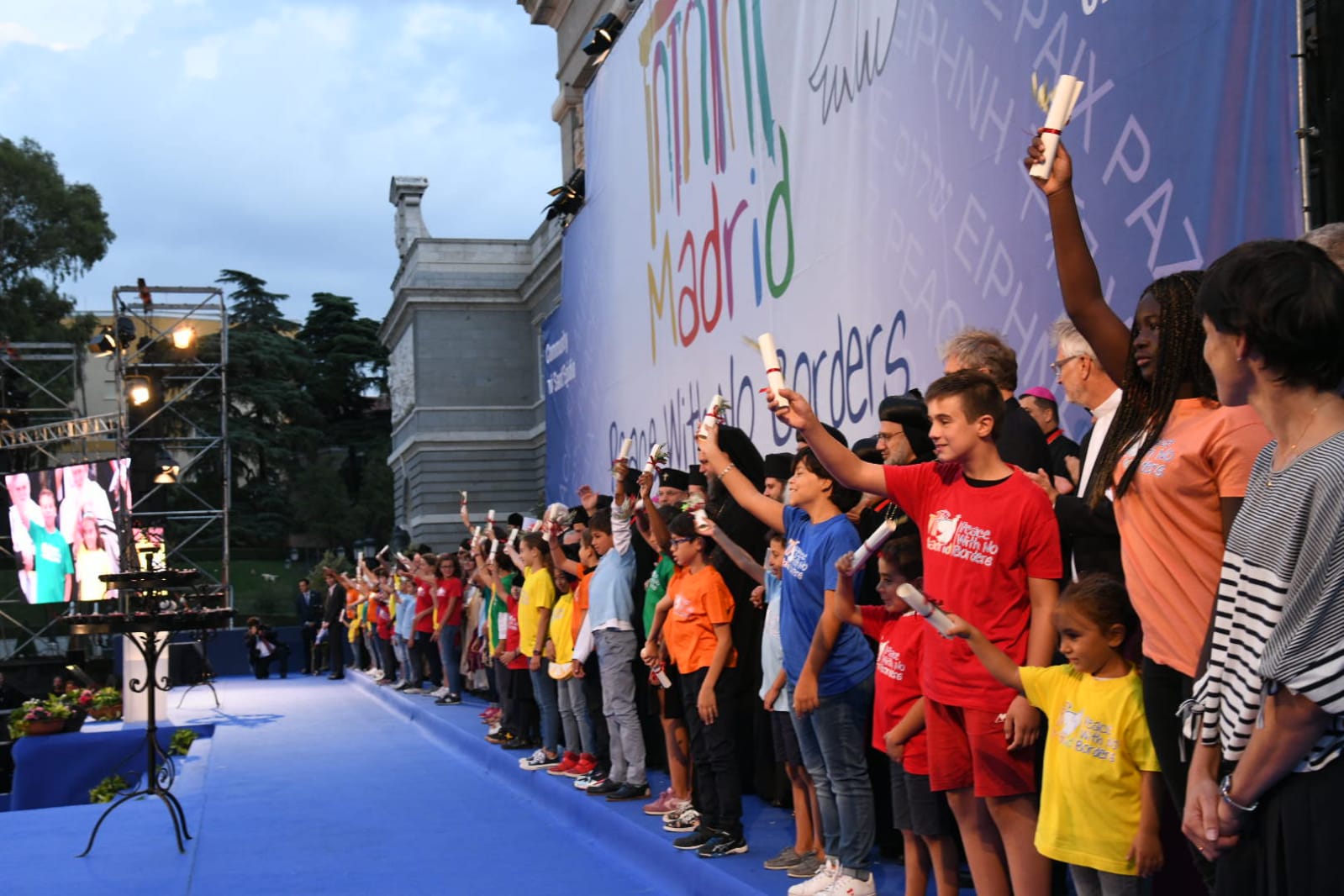Racism - according to the Encyclopaedia Brittannica – is “the ideology that humans may be divided into separate and exclusive biological entities called ‘races’, that there is a causal link between inherited physical traits and traits of personality, intellect, morality, and other cultural and behavioral features; and that some races are innately superior to others”. (Smedley, Racism/www.britannica.com). Despite lacking any scientific foundation, racism served as a theoretical justification and basis for various destructive policies, such as genocide, apartheid, exclusion, and discrimination. The most explicitly ideological form of racism includes a belief in the hereditary inequality of races. Typical expressions of such biological racism are: “the white race is superior to other races” and “we must avoid mixing with other races”. The least ideologically grounded form of racism is characterized as everyday racism (De Witte, 1999) which comprises a range of popular opinions that express a negative attitude towards foreigners, immigrants, and all others who are not a part of one’s own national or ethnic group. This attitude refers to the cultural differences that are perceived as a threat to one’s own habits, lifestyle, religion, and cultural identity, or to the economic threat and competition that immigrants and foreigners supposedly pose.
The sociologists Matthew Clair and Jeffrey S. Denis (2015) distinguished the following aspects of racism:
Socio-cultural construction classifying people on the basis of some observable biological or physical characteristics (such as skin and hair color or eye shape) allegedly attached to cultural, behavioral, religious, psychological, intellectual, and moral differences. However, researchers note that “racism does not originate from existence of ‘races’. It creates them through a process of social division into categories: anybody can be racialised, independently of their somatic, cultural, religious differences” (2009). For example, results of research (Nowicka,1994) indicate that Poles connect the concept of race largely with skin color (88% identified Blacks and Chinese as belonging to races different from their own), but also with a perception of cultural and religious distance (Arabs were excluded from the Polish racial community by 80%, and Jews by 47%). A smaller percentage of Poles linked race to various national and ethnic characteristics (over 20% did not include Italians, Germans, and British in the same race as Poles, and 7% thought Slovaks belong to another race, but the vast majority 89% felt they belong to the same race).
Racial discrimination concerns differences in the treatment of people of different races based on assertions of intellectual, spiritual, moral and other forms of superiority that are used by dominant classes and groups to justify economic and political oppression, physical and symbolic violence, or social prejudice in the treatment of racialized others (e.g. colonial violence towards indigenous people, enslavement of Africans, anti-Semitism and the Holocaust in Europe). Racial discrimination or ethnic exclusion is also tied to national chauvinism, xenophobia, prejudice, and negative stereotypes, which create a sense of threat and anxiety about one’s own existence. This may take many forms: from brutal physical aggression, sometimes leading to complete destruction, to hateful propaganda and verbal attacks whose goal is a violation of dignity and the creation of an atmosphere of menace or humiliation, to manifold obstacles in the realm of everyday functioning in society.
Racial inequality concerns immediate outcomes and lasting effects of discrimination in the distribution of income, education, health, and social prestige among races. Racial or ethnic minority groups are deprived of the possibility of active participation in social collective life, which limits access to goods and various resources; to economic, political, social, and cultural capital. They can be compared in this respect to categories such as the poor, unemployed, homeless, disabled, those deprived of political rights, and people of differing religious or sexual orientation.
Contemporary sociology studies the relationship between changes in racist ideologies, racial discrimination, and racial inequality. Racism has been condemned by many international organizations such as the UN in the 1948 “Declaration of Human Rights” or the 1965 “International Convention on the Elimination of All Forms of Racial Discrimination” (according to Wikipedia: ”The UN definition of racial discrimination does not make any distinction between discrimination based on ethnicity and race,…). Clearly racism is perceived as incompatible with any criteria of political correctness in many countries around the world.
Social psychologists and sociologists exploring the dynamics underlying attitudes toward racial or ethnic minorities have discovered that a decline of so-called ‘blatant racism’ over the past decades in the US and the EU countries has been accompanied with the development of new forms of negative attitudes that are more ‘subtle’: disguised, and ostensibly not racist. Blatant racism includes, for example, “a belief in the biological or cultural superiority of ones’ own group” (Verberk & Scheepers 1999:171) and the perception of the ethnic minorities as causing problems due to criminal behavior, deterioration of customs, norms, and values, or a shortage of housing or jobs. Whereas subtle, covert racism is expressed through the dominant majority’s ‘paternalism’ (a willingness to provide minorities with what they may need to assimilate while refusing them freedom of choice), exaggeration of cultural differences, the “negative tolerance” (a willingness to grant minorities the freedom to maintain their own way of life as long as it does not impose restraints on the majority’s norms and values), or ‘negative cautiousness’ and feeling uneasy in interactions with ethnic minorities.
Research in the US and in European countries has shown that “subtle negative attitudes towards racial and ethnic minorities are much more widespread than blatant negative attitudes”, but “many aspects of subtle negative attitudes … were highly related to blatant negative attitudes, indicating that subtle attitudes were embedded in blatant attitudes” (Verberk & Scheepers 1999:194, 202). People who express blatant racism are more inclined to oppose policies intended to establish racial and ethnic equality, and more inclined to favor a restrictive immigration policy that those who hold subtle prejudice. However, opposition to affirmative action is most significantly affected by subtle negative attitudes towards ethnic minorities. Studies conducted in the Netherlands revealed that the perceived ethnic threat of competition for scarce resources, and threat to stability of one’s own national identity, also significantly contribute to an opposition to policies of affirmative action.
Education plays an important role in reducing racism and changing forms of ethnic prejudice. Agreement with blatant and subtle negative attitudes is highest among people with only an elementary or lower vocational school education. Among the highly educated the acceptance of such attitudes is less often and there is less opposition to affirmative action; people who have completed college and university are the least likely to agree with subtle negative attitudes towards other races and ethnic minorities. Level of education also has an indirect impact on changing forms of racism: people with a lower level of education and socio-economic status are more inclined to authoritarianism and political intolerance, as well as perceiving more threat from ethnic minorities than those with a higher level of education. Authoritarianism (e.g. a belief that the best form of a political system is “having a strong leader who does not have to bother with parliament and elections”), political intolerance, and perceived ethnic threat significantly increase the tendency to express blatant racism.
Results of research showing that education has a crucial effect on racism and ethnic prejudice justify looking for ways to diminishing racial discrimination and inequalities in educational programs. However, they show also the limitations to the positive effects of education, which may be counteracted by political beliefs, values and dispositions denying equality to migrants and minorities, as well as the institutional obstacles towards their inclusion and integration in society. An essential condition of fighting discrimination against ethnic minorities, immigrants, and refugees is recognizing ever-changing and different forms of their exclusion from the national community in the contemporary world.
Andreas Wimmer (2002: 1,4) asserts that in the modern era the nation state is the basic domain where inclusion and exclusion from the social collective occurs: “Belonging to a specific national or ethnic group determines access to the rights and services the modern state is supposed to guarantee. The main promises of modernity – political participation, equal treatment before the law and protection from arbitrariness of state power, dignity for the weak and poor, and social justice and security – were fully realized only for those who came regarded as true members of the nation. The modern principles of inclusion are intimately tied to ethnic and national forms of exclusion. … Inclusion in the national community of equals went along with exclusion of those not considered to be true members of the family: those that become classified as foreigners, as ethnic or religious minorities, as guest workers or stateless persons”.
Christian Joppke (2005: 43-61), disputing Wimmer, emphasizes that a modern Western nation is characterized by tensions between universalistic liberalism, which acknowledges the equal rights and freedom of all its members, and particularistic nationalism, which excludes those who are not members from these rights.
The European Values Study (EVS), which has been conducted for several decades and addresses, among other issues, the problem of attitudes towards minorities and immigrants (along with some other, more specific surveys on ethnic exclusion), indicate that in Poland, since 1989, developments are emerging similar to those described by Wimmer and Joppke in liberal-democratic European countries. There is a transition from the discrimination and exclusion of national minority groups (“internal others”) to attempts to integrate them into the state framework and protect their ethnic culture. However, more recently, the exclusion of foreigners, immigrants, and refugees is on the rise.
In 1990, in Poland, the most strongly rejected ethnic minority group turned out to be the Roma (Gypsies) – mentioned as unwanted neighbors by 36.6% of Poles, followed by Muslims (19.6%), Jews (17.7%), people of a different race (16.8%), immigrant and foreign workers (10%). Xenophobia and the rejection of contact with ethnic outgroups was increasing in Poland during the last decade of the twenty century, but then decreased in the first decade of the twenty-first century, particularly after Poland’s entry into the European Union. In the second decade, the findings of the 2017 EVS survey showed a further diminishing of social distance and exclusion of Roma (29%), Jews (9%), and people of different races (7.4%), but a significant increase of intolerance and rejection of contact with immigrants and foreign workers (19%), and Muslims (33%).
The analysis of research data (Jasińska-Kania 2009:35-36) indicated that the desire to exclude strangers from the national collective and impose barriers of social distance on them is strongest among those who are themselves in conditions perceived as socially excluded and marginalized: those who see their own material conditions as poor, and have a low position in the workplace, retirees and pensioners, the elderly, those deprived of a good education, and the inhabitants of villages and small, peripheral towns. Such conditions, which limit the resources of economic, social, and cultural capital, decrease one’s chances in individual competition and create dependency on the family, local community, or nation state for means of satisfying one’s material, social, and cultural needs. They increase the fear of foreigners, which is tied to a sense of threat that immigrants will decrease access to already meager collective resources and will weaken bonds of national identity and solidarity. They also increase tendencies to support parties and political groups that proclaim nationalist and populist slogans and advocate closing the country off to strangers.
In his book Strangers at Our Door (2016), Zygmunt Bauman showed “how politicians have exploited fears and anxieties that have become widespread, especially among those who have already lost so much – the disinherited and the poor. But … the policy of mutual separation, of building walls rather than bridges, is misguided. …We are faced with a crisis of humanity, and the only exit from this crisis is to recognize our growing interdependence as a species and to find new ways to live together in solidarity and cooperation, amidst strangers who may hold opinions and preferences different from our own”.
References
- Bauman, Z. (2016). Strangers at Our Doors. Cambridge, Polity.
- Clair, M. and Denis, J.S. (2015). “Racism, Sociology of”. International Encyclopedia of the Social & Behavioral Sciences, 2nd Ed. Vol.19. Elsevier, pp. 857-863.
- De Witte, H. (1999). “’Everyday’ Racism in Belgium: An Overview of the Research and an Interpretation of its Link with Education”, in L. Hagendoorn and S. Nekuee (eds.), Education and Racism: A cross national inventory of positive effects of education on ethnic tolerance. Aldershot, Ashgate.
- Jasińska-Kania, A. (2009). “Exclusion from the Nation. Social Distances from National Minorities and Immigrants”. International Journal of Sociology, vol. 39, no. 3, pp. 15-37.
- Joppke, C. (2005). “Exclusion in the Liberal State. The Case of Immigration and Citizenship Policy”. European Journal of Social Theory, vol. 8, pp.43-61.
- Nowicka, E. (1994). “Social Distance Toward Germans among Contemporary Poles. An Empirical Study”, in R. Grathoff and A. Kłoskowska (eds.), The Neighborhood of Cultures. Warsaw, PAN ISP.
- Smedley, A. (2019). Racism/www.britannica.com
- Verberk, G. & Scheepers, P. (1999). “Education, Attitudes towards Ethnic Minorities and Opposition to Affirmative Action”, in L. Hagendoorn and S. Nekuee (eds.), Education and Racism: A cross national inventory of positive effects of education on ethnic tolerance. Aldershot, Ashgate.
- Wimmer, A. (2002). Nationalist Exclusion and Ethnic Conflict. Shadows of Modernity. Cambridge, Cambridge University Press.






